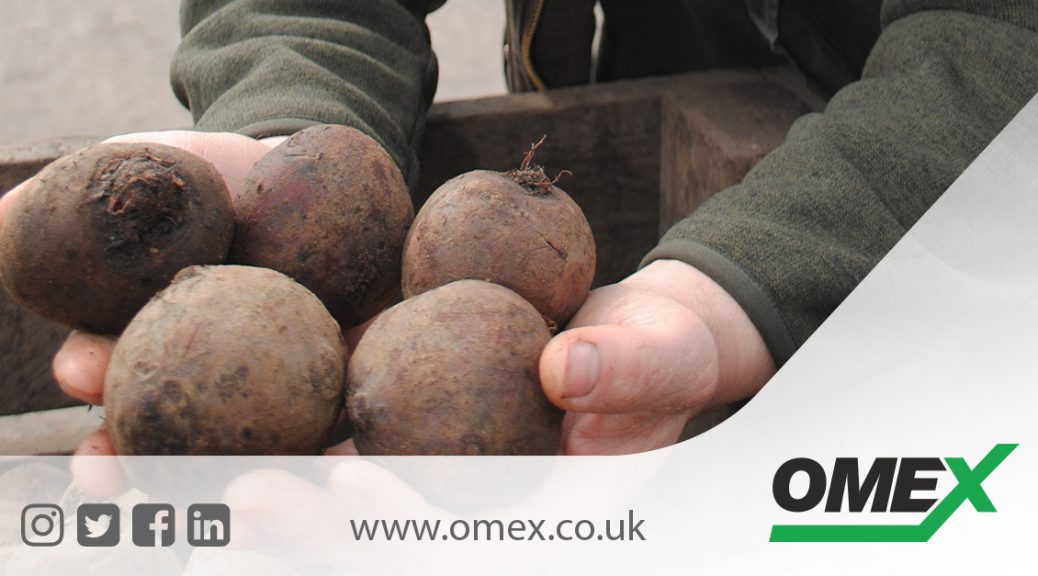For red beet grower Simon Hopkins of Philip Hopkins and Sons, who farms in partnership with brother James and father Philip, farming on the Isle of Axholme in North Lincs, the sheer diversity of his 365 ha operation means that targeted, accurate fertiliser application and optimum utilisation of his labour force are paramount, in achieving both yield and quality across a whole range of high input arable crops.
Growing 140 ha red beet alongside potatoes, oilseed rape winter and spring wheat and spring barley, on soils ranging from black sands to medium bodied soils, means that his spring work load demands careful planning to ensure efficiencies are made and that economies of scale are met.
“It’s all about utilising our labour efficiently,” explains Mr Hopkins. “As we have the bulk of our acreage in spring cropping, the workload at that time of year dictates that we need to prioritise how we use our staff and fertiliser applications are one good way of tying a man up, when he could be better employed elsewhere.”
For several years now, Mr Hopkins has used OMEX suspension fertilisers as a means of accurately delivering the nutrients needed for optimal growth in the red beet and to assure even uptake, resulting in consistent growth and ultimately quality.
All the beet land is ploughed and pressed from overwintered stubbles in spring. Prior to ploughing, an OMEX product containing phosphate, potash, boron, sulphur is applied in a bespoke ratio that reflects the soil indices and demands of the crop. Nitrogen is usually applied separately as a split, on the seedbed and then again at two true leaves of the crop.
“The OMEX contracting operation means that if adequately supplied with the material, their 36m sprayers can achieve far more accurate and efficient application than we could using a bagged material,” he continues. “On a good day, with the right logistics in place they should be able to apply roughly 10 tanker loads. This means that we don’t then have to tie up an extra man and a machine, it’s a valuable management tool really, that we’ve come to rely on.”
The main products used in the red beet are based on P and K. Mixes are then also prescriptively tailored by OMEX DSM Dean Waddingham to include boron, sulphur and manganese depending on the situation. Once applied, the seedbeds are lightly cultivated to ensure adequate incorporation of the fertiliser prior to drilling.
“We’re only ploughing to a relatively shallow depth here, 5-6 inches max,” says Mr Hopkins. “Any more would mean the fertiliser placement is too deep. It’s all about consistency and producing the size of beet the buyers demand, maintaining quality and evenness of growth is essential, with the nutrients sitting in the top few inches.”
With seed density affecting the root size, even and accurate placement of nutrients is even more essential, as is the lack of particle segregation, more common in solid compounds. The unique suspension-blends that OMEX produce means that every germinating seedling stands a better chance of obtaining the correct balance of nutrition, via a uniform application and even under less than perfect conditions.
Mr Hopkins remains convinced that his system affords him not only the best nutritional start for his red beet crop, but the efficiency of operation allows him to achieve economies in other areas on the farm, which might otherwise suffer.
“It’s a sound system that we’ve been very happy with,” he concludes. “It means that we can enjoy peace of mind knowing that a quality product has been applied and that the cost incurred can be justified by not just achieving a premium, high-yielding crop, but also in terms of savings made elsewhere.”
Suspension Fertilisers Aid Growing Beet Operation
February 7, 2019
Published by laserred
